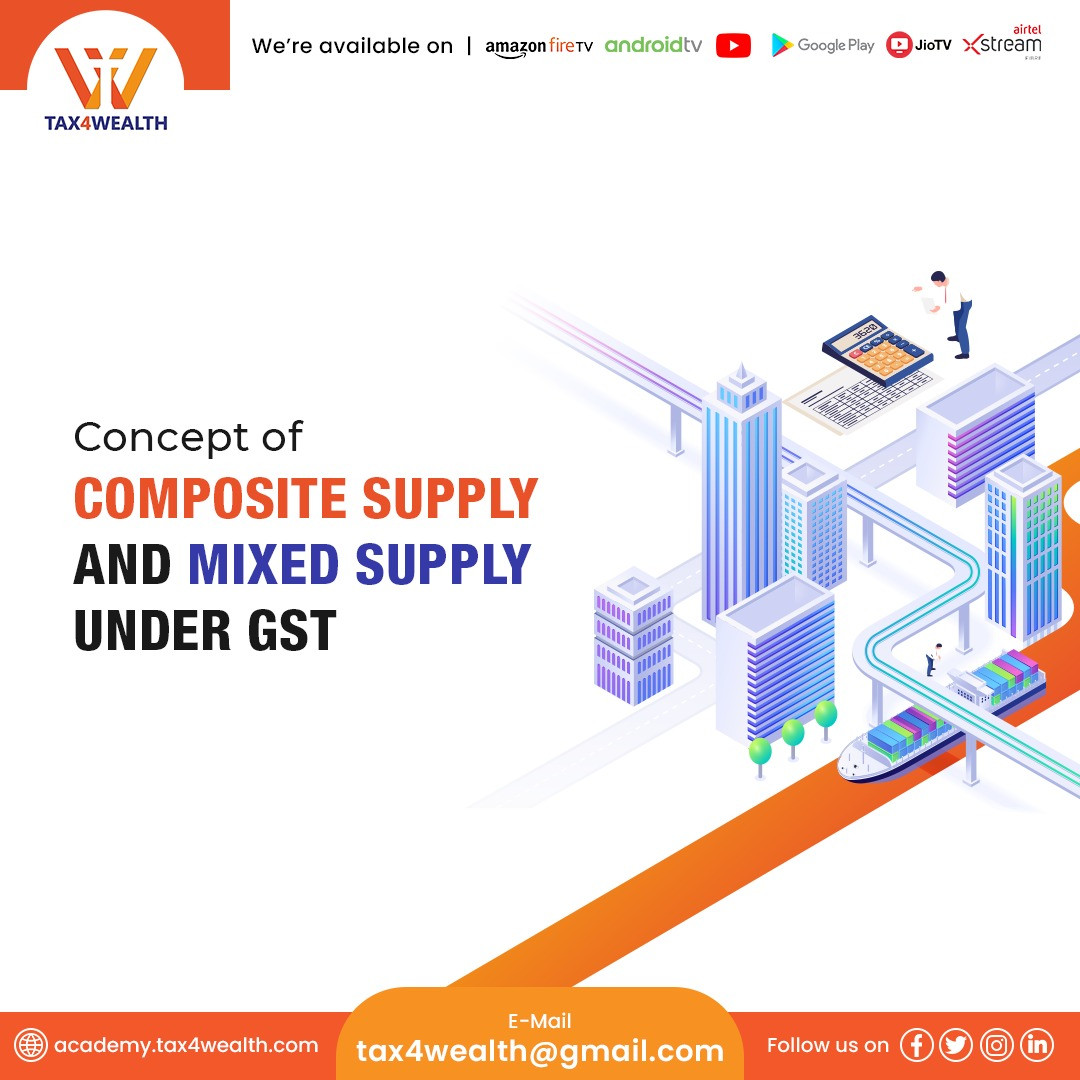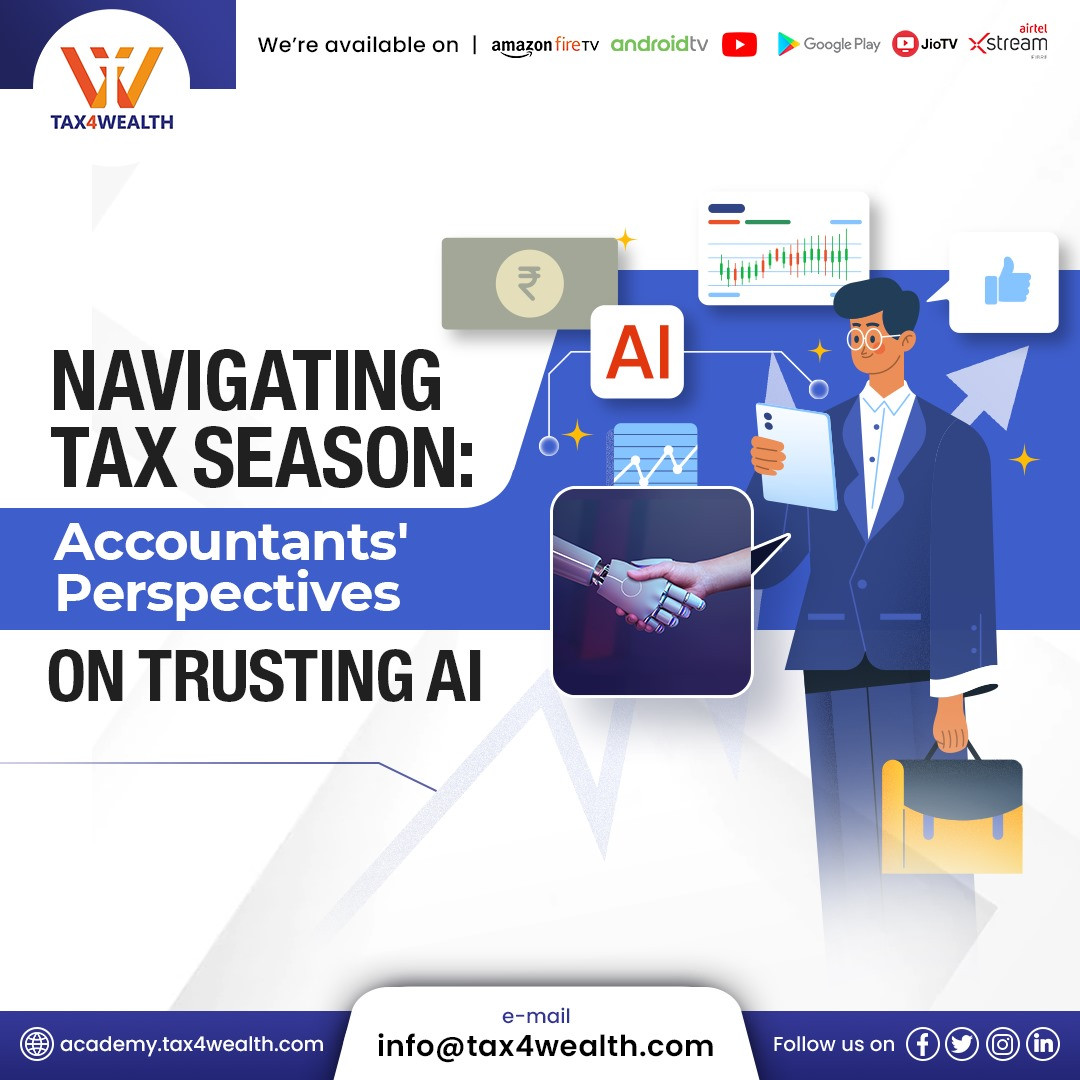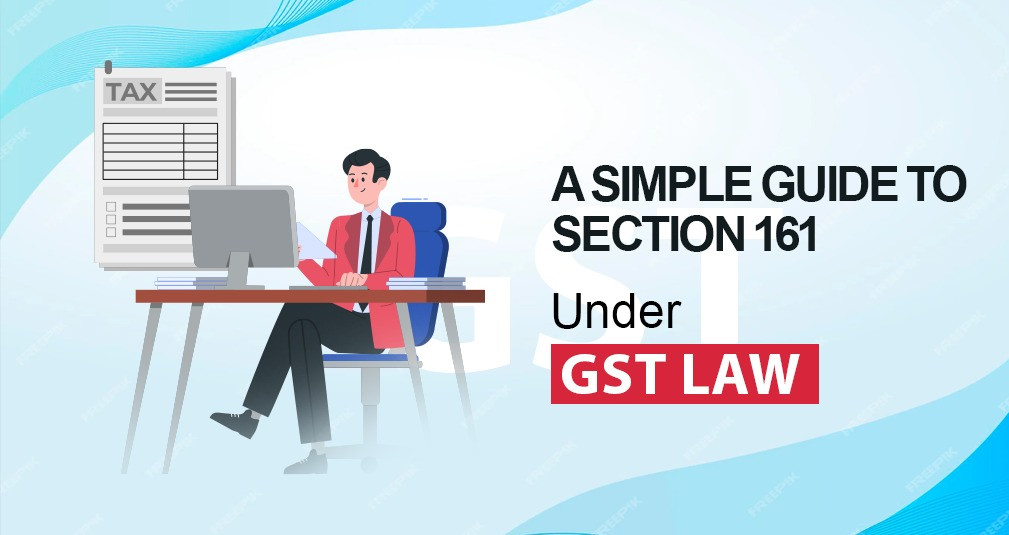
Descriptions of Demand and Recovery with Relevant Forms under GST
Introduction:
A person determines the tax and pays it by self-assessment under the Goods and Services Tax (GST) system. When paying taxes by self-assessment, there is likely to be a probability that the tax will either be underpaid accidentally or that the assesses may underpay the tax consciously or intentionally. The authority to recover those taxes that are intentionally or unintentionally underpaid by assesses must abide by certain rules in such cases.
The GST Act provides forms for the demand and recovery of GST tax on specific mismatch reports resulting from unpaid taxes or short-paid taxes.
The appropriate tax officer may issue a demand in the prescribed form or format if the taxpayer fails to pay the GST payable amount to the GST department.
And if the taxpayer is unable to pay the GST tax due within 3 months of receiving the tax officer's demand letter, the tax officer may reclaim the GST tax sum.
Forms for GST recovery and demand-
The following is a list of forms that can be used to seek and reclaim outstanding taxes from the taxpayer for the tax authorities:
[A.] GST DRC-01 Form:
1. Tax officials are to use this.
2. This document is used to summarise the taxpayer's show-cause notice after the tax officer has searched the tax demand receivable.
3. When a taxpayer is unable to pay their GST tax debt, whether voluntarily or involuntarily, they are given this document as a type of show-cause notice.
[B.] GST DRC- 02 Form:
1. This is available for tax authorities
2. It is a summary of the statement
3. This form provides a summary of tax that has not been paid, that has been underpaid, that has been incorrectly reimbursed, and that has been incorrectly claimed or used as an input tax credit.
[C.] GST DRC- 03 Form:
1. This is the form for the indication of payment made voluntarily or made against the show-cause notice (SCN) or statement.
2. It is accessible for the taxpayer to use
[D.] GST DRC- 04 Form:
1. This is an Acknowledgement of Acceptance of Payment Made Voluntarily
2. It is available for use by Tax Officials
[E.] GST DRC-05 Form:
1. This is for tax officials to use
2. This form is an indication that the procedures have come to an end
[F.] GST DSR-06 Form:
1. The taxpayer may respond to the show-cause notice by using Form GST DRC-06, which is available for use.
2. The taxpayer may use this form to explain any outstanding taxes or, if tax has already been paid, to attach a tax receipt.
[G.] GST DRC- 07 Form:
This is a summary of the order to the taxpayer and is intended for use by tax officials.
[H.] GST DRC-08 Form:
It is a summary of the rectification or withdrawal order and is intended for use by tax officials.
[I.] GST DRC-09 Form:
1. The proper officer has the authority to recover the tax amount based on this form.
2. This form is for the use of tax officials.
3. This form is an order for recovery through a specified officer under section 79.
[J.] GST DRC- 10 Form:
1. This is for use by tax officials
2. This form is a notice of auction of goods under section 79 (1) (b) of the act
3. When the taxpayer is unable to pay GST tax liability due to fund insufficiency, the tax officer may conduct an auction of his goods or any property to recover the debt.
[K.] GST DRC- 11 Form:
This form serves as a notice of a winning bidder and is intended for use by tax officials.
[L.] GST DRC-12 Form:
This form is a sale certificate for an auction of commodities and is useful for GST tax inspectors.
[M.] GST DRC- 13 Form:
Form GST DRC-13 is available for use by tax officers and serves as a notice to third parties required by Section 79(1) (c)
[N.] GST DRC-14 Form:
This is a certificate of payment to a third party and is available for use by tax officials.
[O.] GST DRC-15 Form:
1. It is accessible for tax officers to use.
2. This form is an application to the civil court for the implementation of a decree.
[P.] GST DRC- 16 Form:
This form is available for use by tax officials and serves as a notification for the sale of shares and the attachment of real estate and other movable property under Section 79.
[Q.] GST DRC-17 Form:
It is a notice of auction of real or personal property under Section 79(1) and is available for use by tax officials (d)
[R.] GST DRC-18 Form:
Tax officials may utilize this form, which is designated GST DRC-18.
It serves as a certificate action under clause (e) of sub-section (1) of Section 79.
[S.] This form, GST DRC-19:
This is available for taxpayer use. It is an application to the magistrate for recovery as a fine.
[T.] Taxpayers can use is possible for taxpayers to use Form GST DRC-20, which is an application for deferred payment or payment in installments.
[U.] Tax officials may use Form GST DRC-21, which serves as an Order for Acceptance or Rejection of Applications for Deferred Payment or Payment in Installments.
[V.] Form GST DRC-22:
This is a provisional attachment of property under Section 83 and is available for use by tax officers.
[W.] GST DRC- 23 Form:
1. The use of this form is permitted by tax officials.
2. This form is for restoring temporarily attached property or a bank account with Section 83.
[X.] GST DRC- 24 Form:
1. Tax officials should utilize this form.
2. This form informs the liquidator that the sum should be recovered.
[Y.] Form GST DRC-25:
1. The use of this form is permitted by tax officials.
2. The Continuation of Recovery Proceedings employs this form.
Why do people utilize GST demand and recovery forms?
This kind of form is typically utilized by taxpayers who are unwilling or unable to make their required GST tax payments on time.
If the taxpayer is unable to pay, the appropriate GST tax officer will decide to issue a notice of demand in the prescribed form or format, and if necessary, the officer may also issue a notice of recovery to the taxpayer to recover the taxpayer's tax debt.
Who has the authority to issue GST demand and recovery forms?
The appropriate issue If there is an outstanding tax burden, the GST tax officer may issue a notification to the taxpayer in the format or form specified by law.
Conclusion:
When someone knowingly or unintentionally fails to pay the Goods and Services Tax (GST) for the delivery of goods and services, as described in Demand and Recovery under the Goods and Services Tax (GST), the government must recover the tax amount. Every defaulter is given time by the government to make up for any shortfall or non-payment. A person will be subject to legal action if they do not pay the tax within the Act's specified window of time.
Related News
No comments yet, Be the first to comment.













